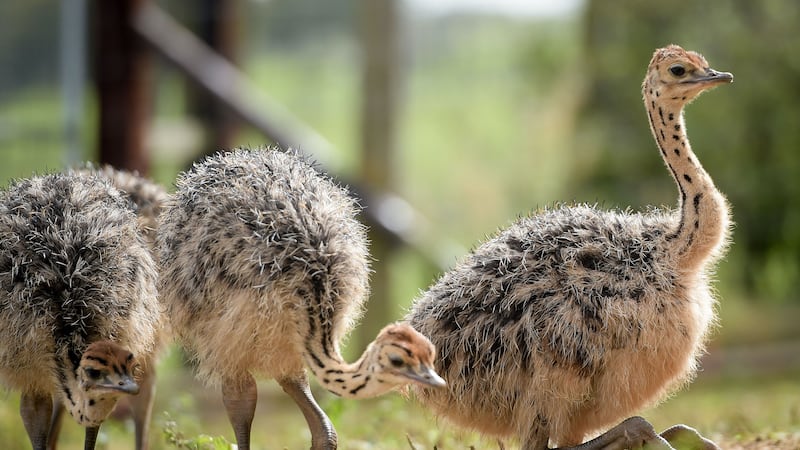At least 40 bird families with flightless species roamed the Earth before a vast majority of them went extinct due to human-driven pressures, scientists have said.
According to a study led by researchers from University College London, the figure is nearly four times the existing number of bird families with flightless species.
The scientists said their findings, published in the journal Science Advances, show how human-driven extinctions have skewed the understanding of evolution.
Lead author Dr Ferran Sayol, of the UCL Centre for Biodiversity & Environment Research, said: “Our study shows that the evolution of flightlessness in birds is a widespread phenomenon.
“Today, most flightless species are penguins, rails or ostriches and their relatives.
“Now, only 12 bird families have flightless species, but before humans caused extinctions, the number was at least 40.
“Without those extinctions we would be sharing the planet with flightless owls, woodpeckers and ibises, but all of these have now sadly disappeared.”
He added: “Human impacts have substantially altered most ecosystems worldwide, and caused the extinction of hundreds of animal species.
“This can distort evolutionary patterns, especially if the characteristics being studied, such as flightlessness in birds, make species more vulnerable to extinction.
“We get a biased picture of how evolution really happens.”
As part of the study, the researchers compiled a long list of all bird species that are known to have gone extinct since the rise of humans.
The team identified 581 bird species that disappeared from 126,000 years ago to the present, most of them attributed to human influences.
The researchers said 166 of these extinct species lacked the ability to fly.
However, they added, only 60 flightless bird species survive today.
The researchers also said their findings confirm that flightless species were also much more likely to go extinct than birds that could fly.
Co-author Professor Tim Blackburn, of UCL Centre for Biodiversity & Environment Research and the Institute of Zoology, ZSL, said: “Many bird species can become flightless in environments without their usual predators, for example on islands.
“Flying expends a lot of energy that birds can use for other purposes if they don’t need to take to the air.
“Unfortunately, though, this makes them easier prey if humans – and their associated rats and cats – suddenly turn up.
“Extinction has all too often been the result, and is likely to continue as flightless birds are overrepresented, compared to avian species, on global lists of animals under threat.”
The researchers said that islands such as New Zealand and Hawaii would have been “hotspots” for flightless bird species, “occupying ecological niches that otherwise would have been filled by mammals”.








